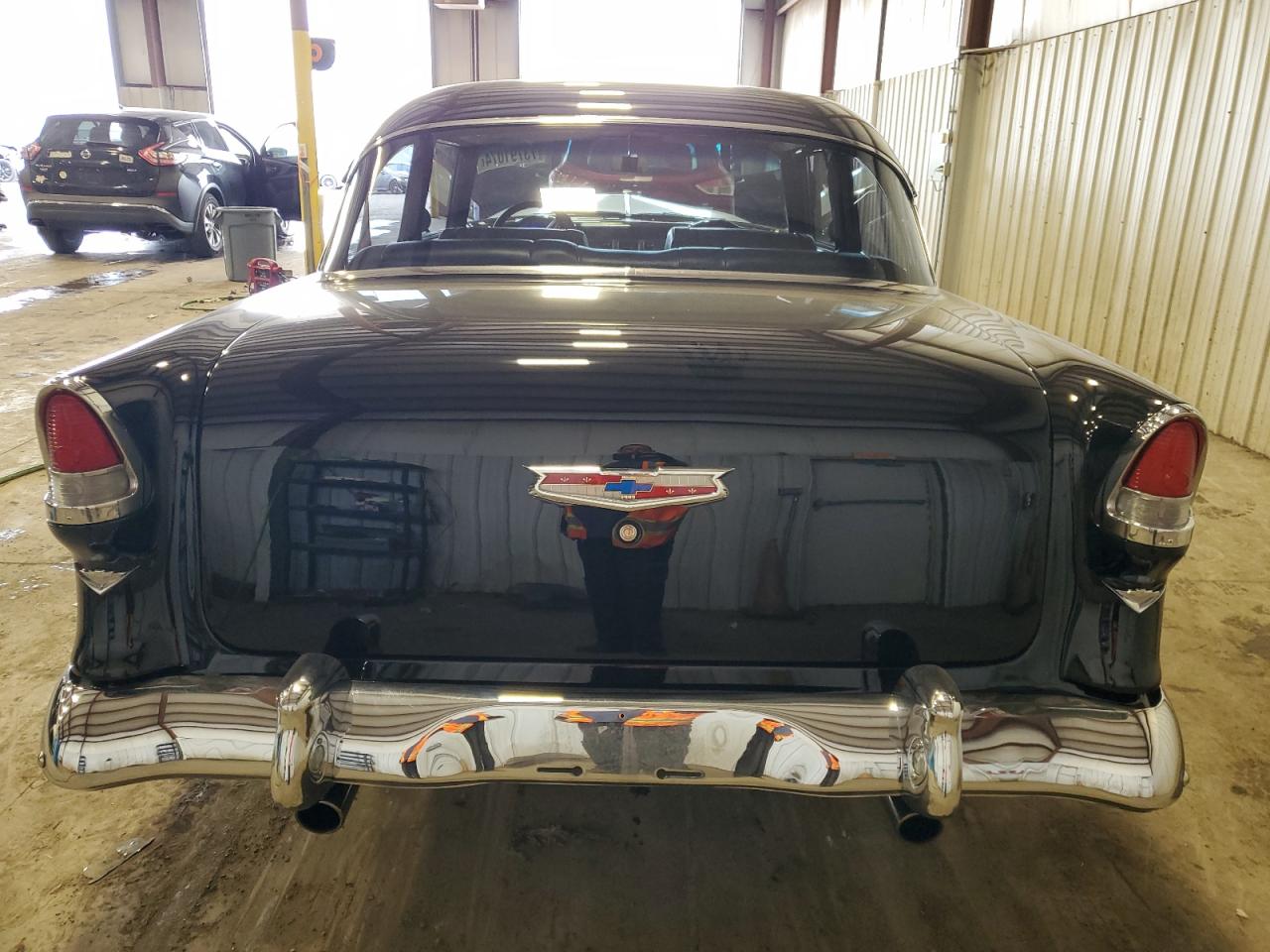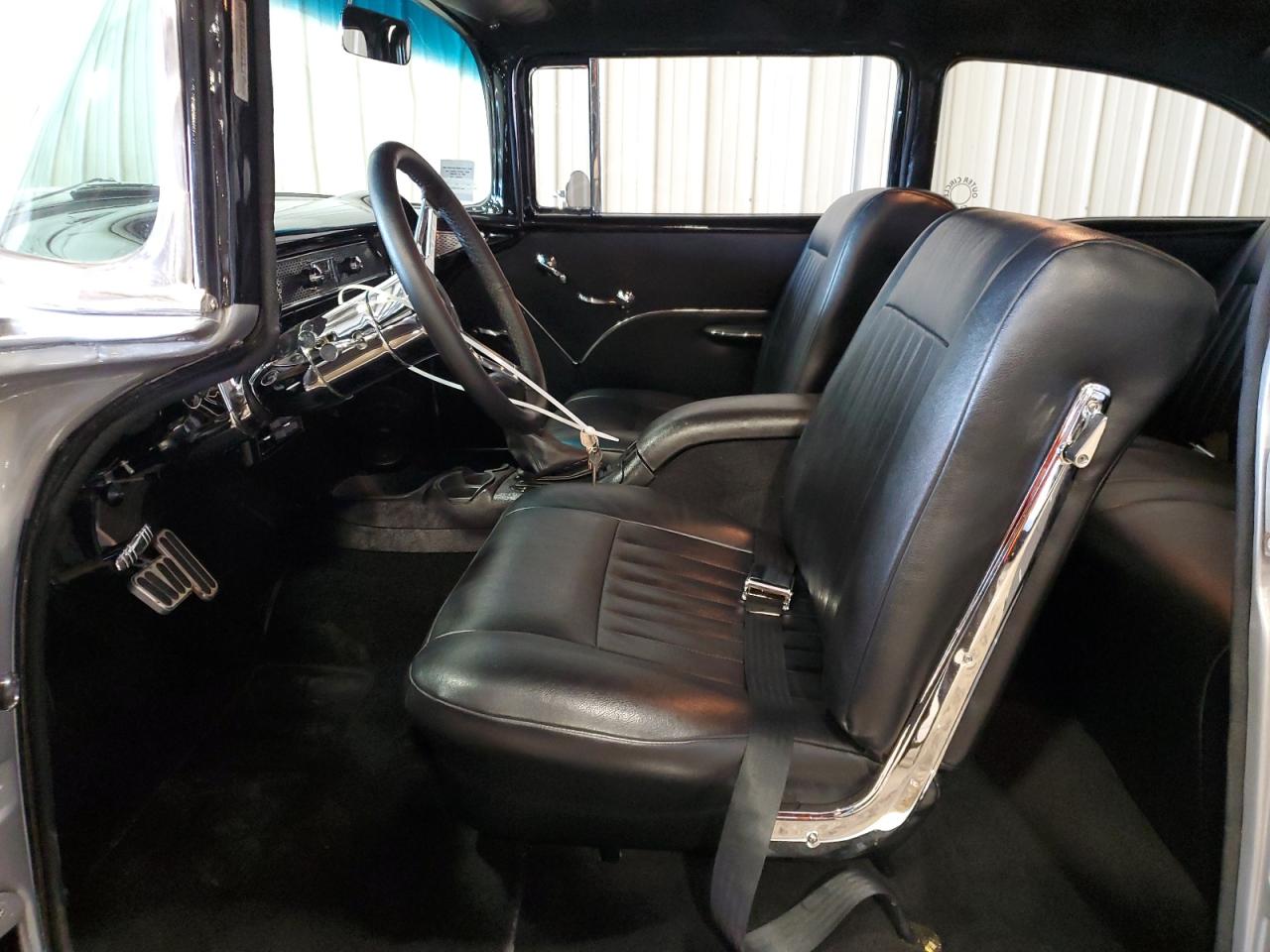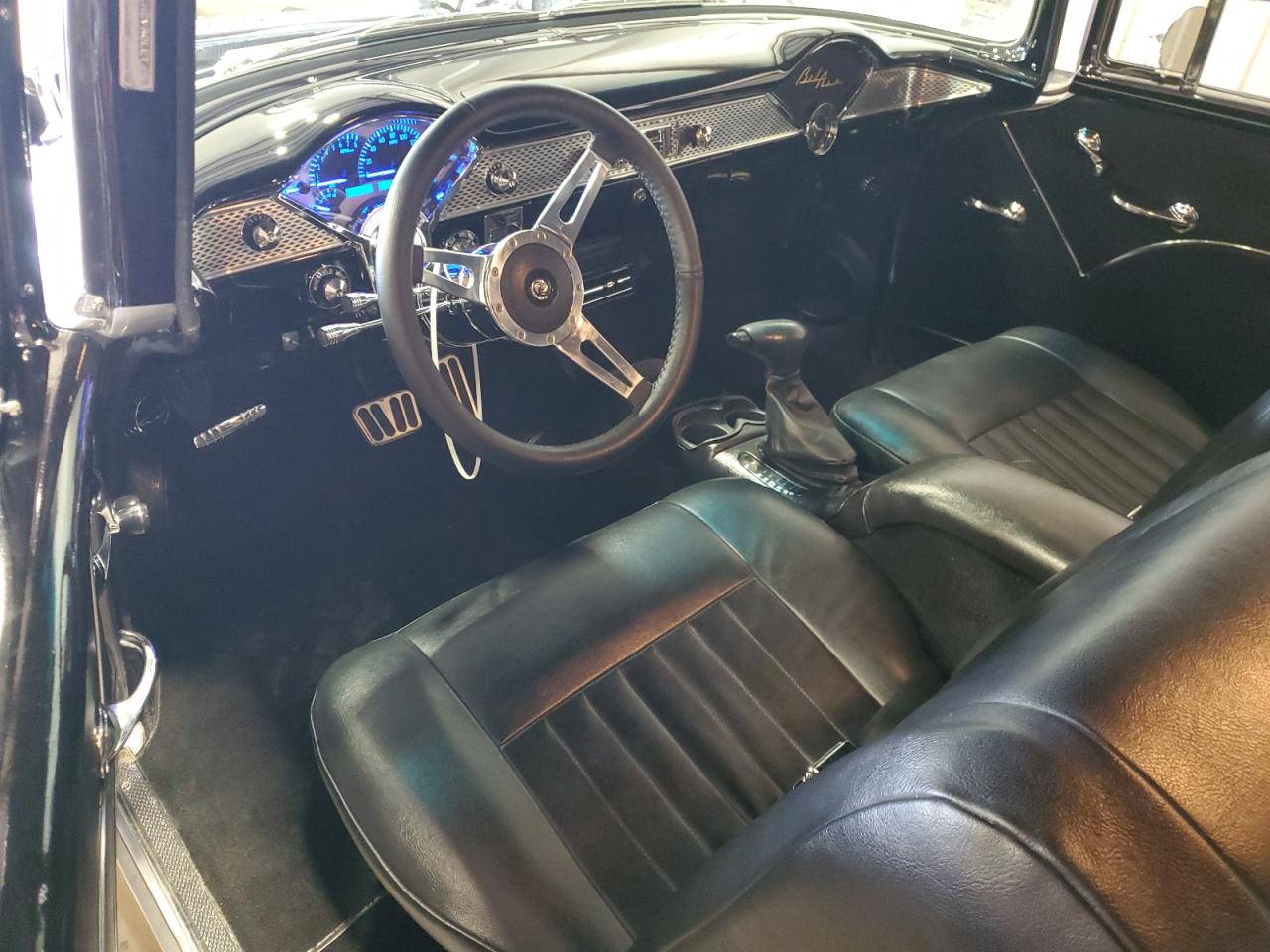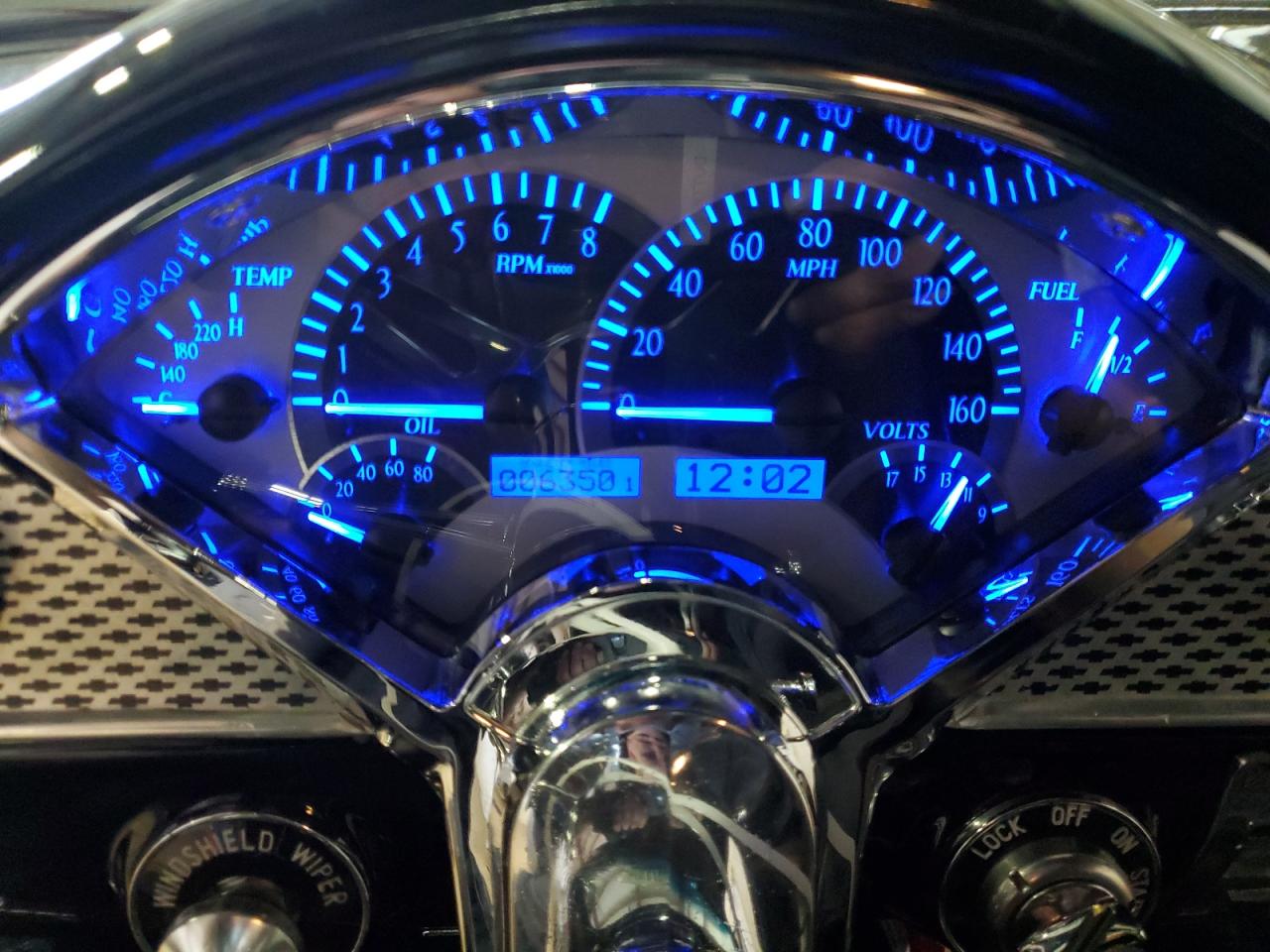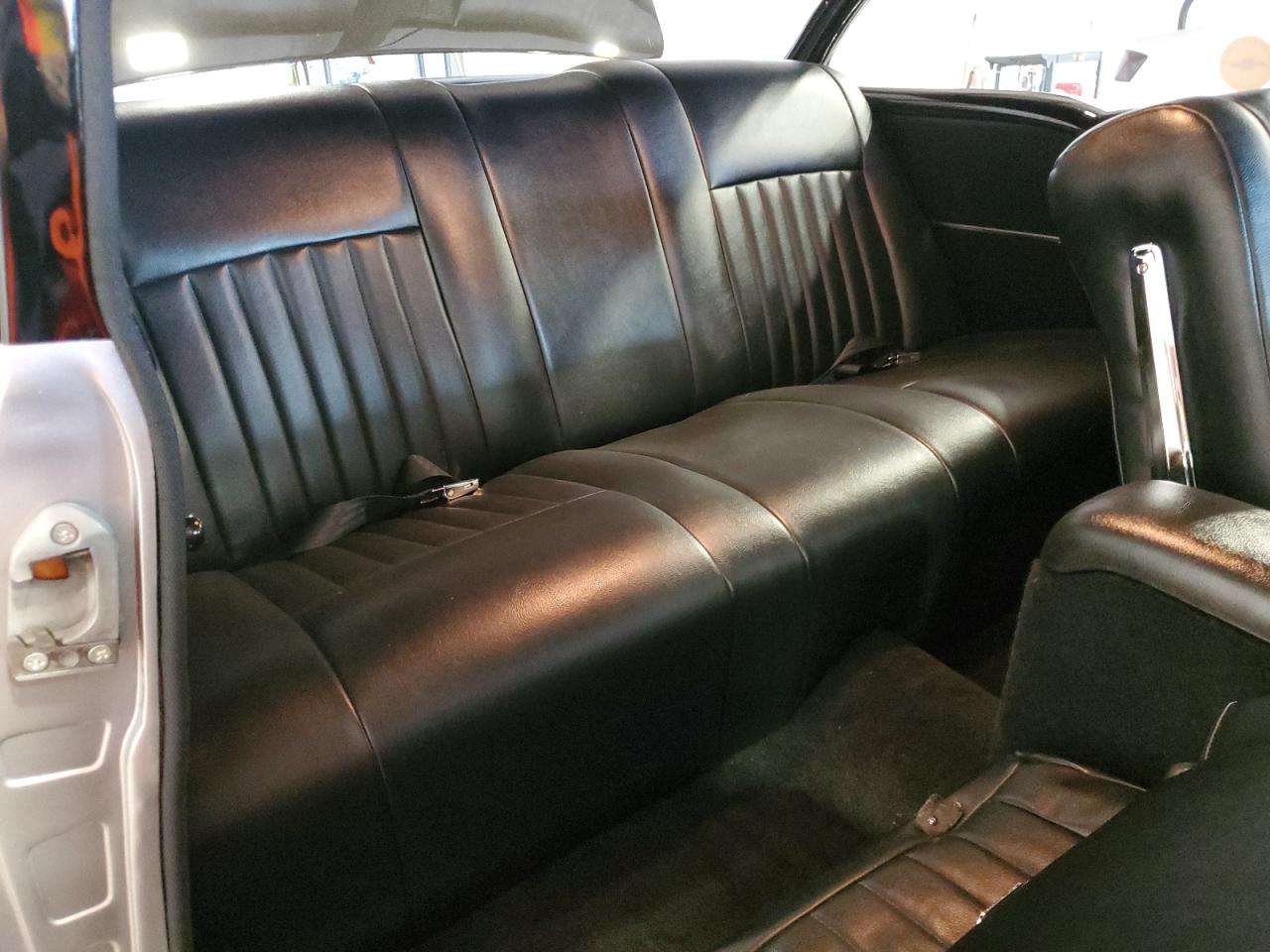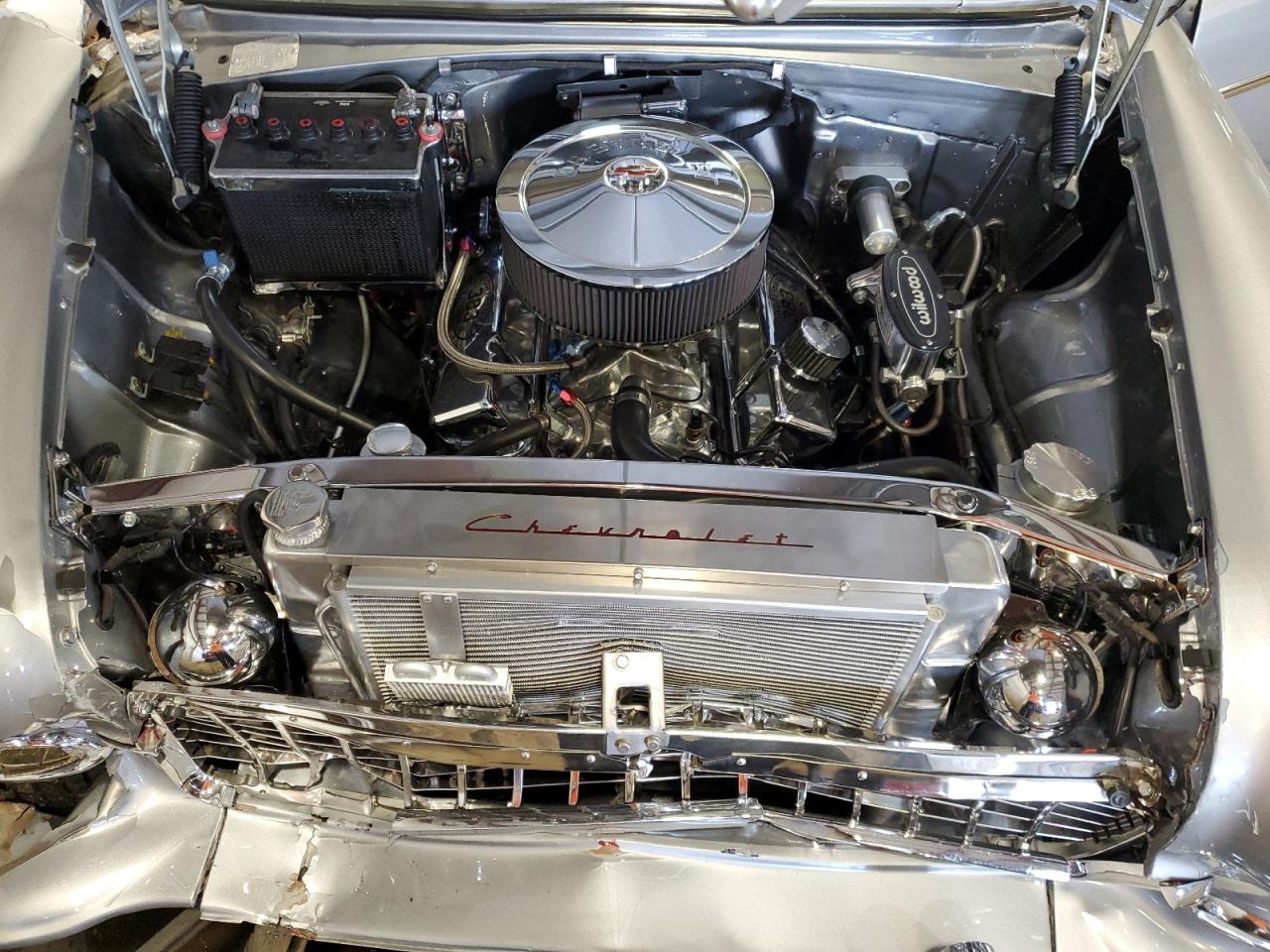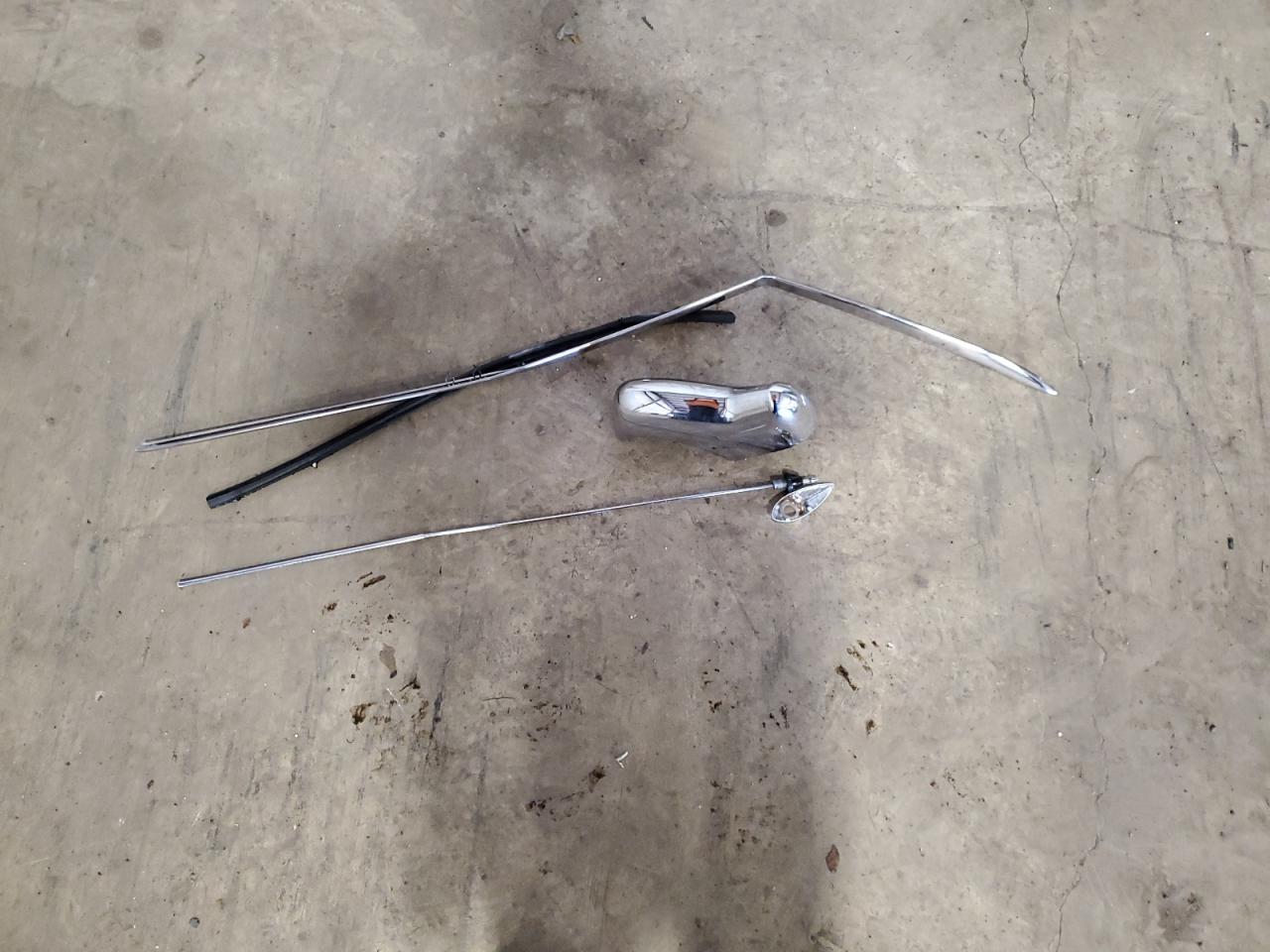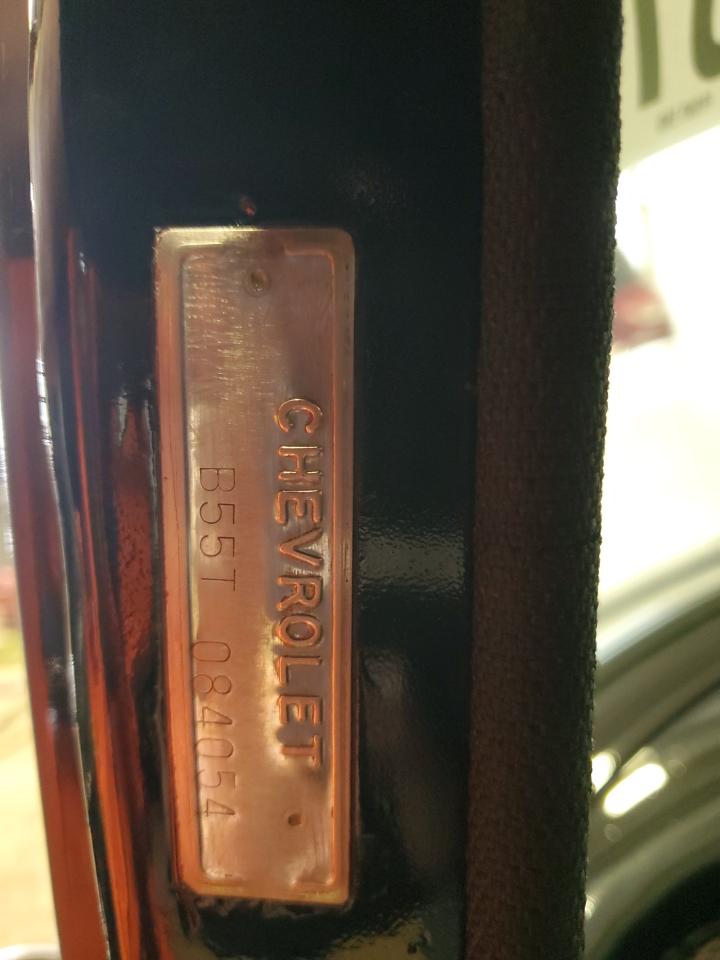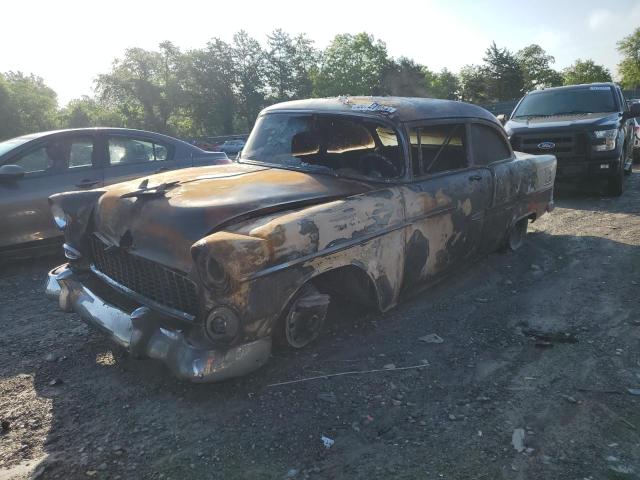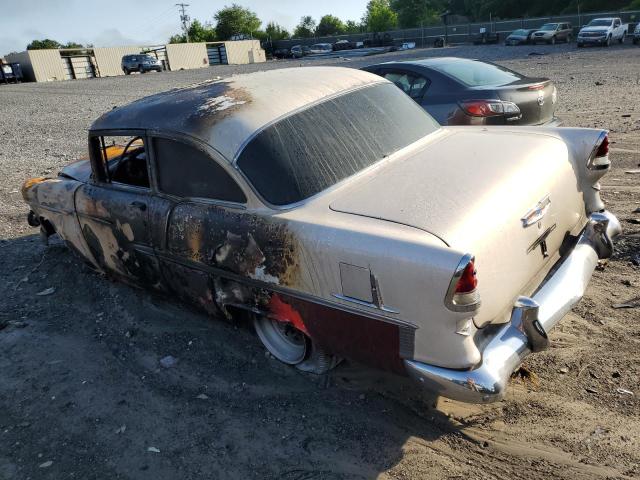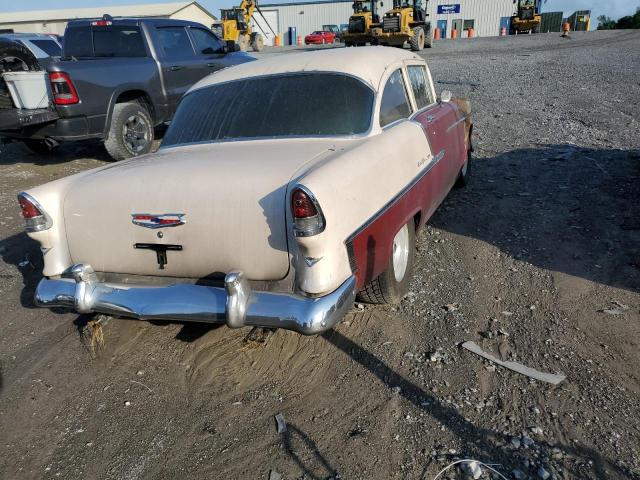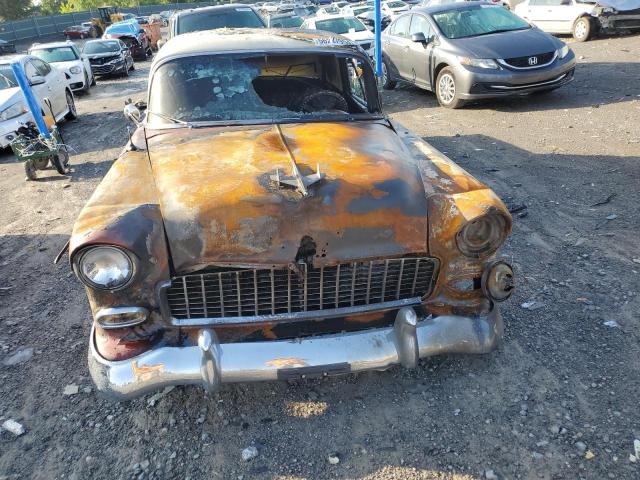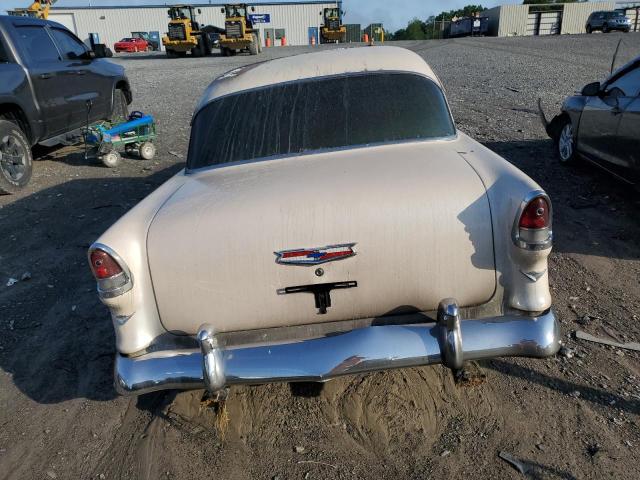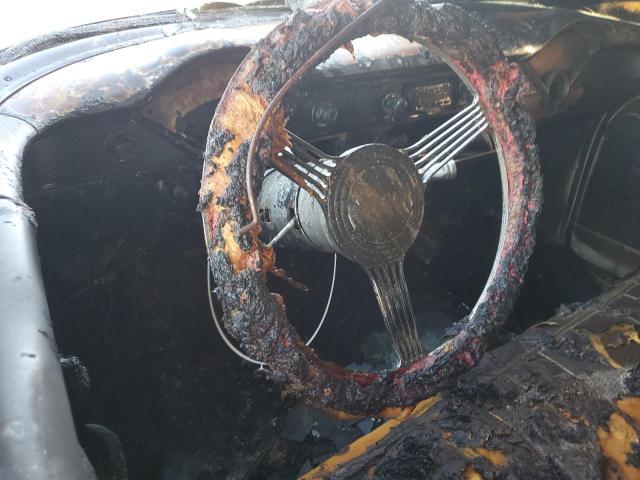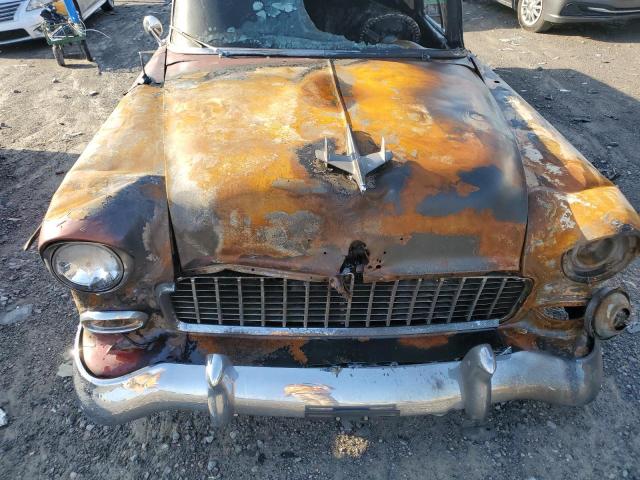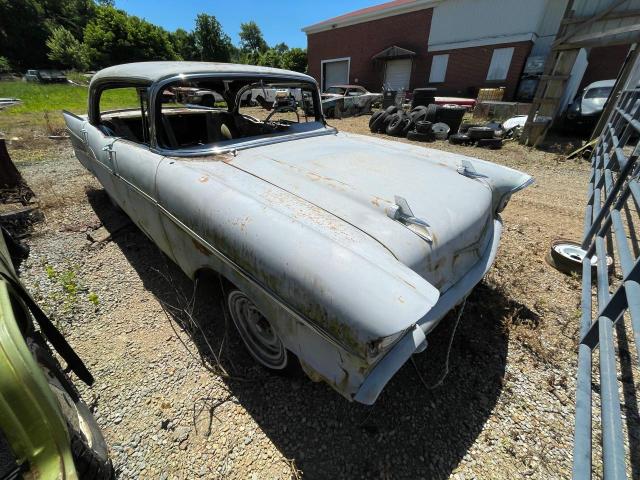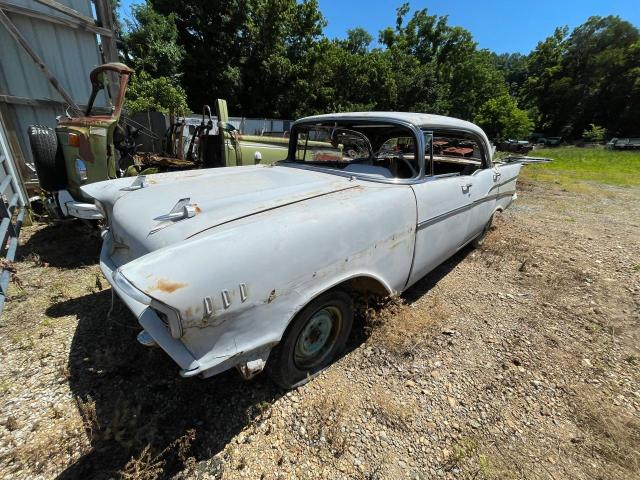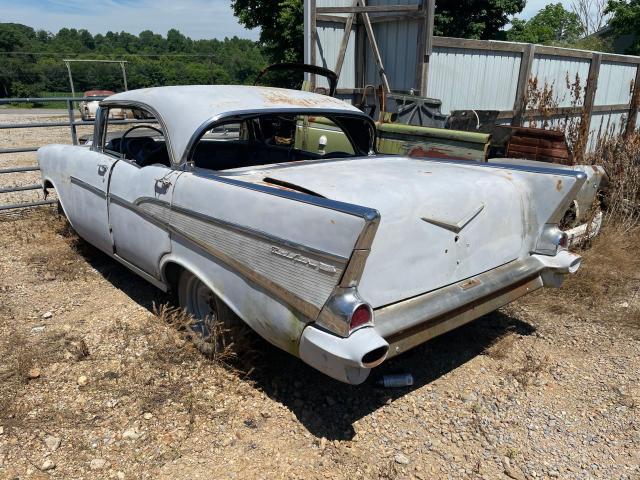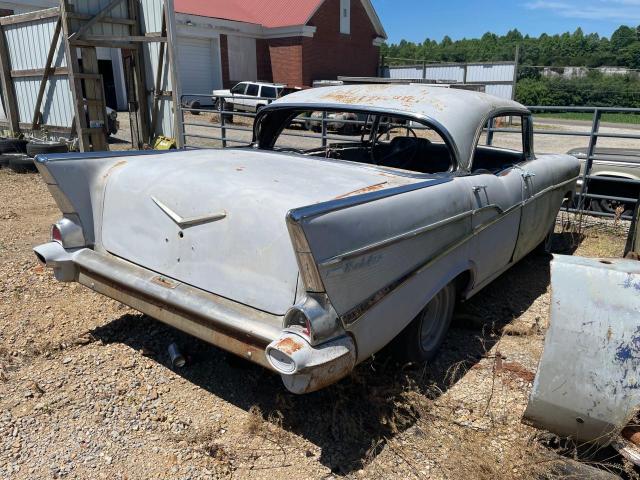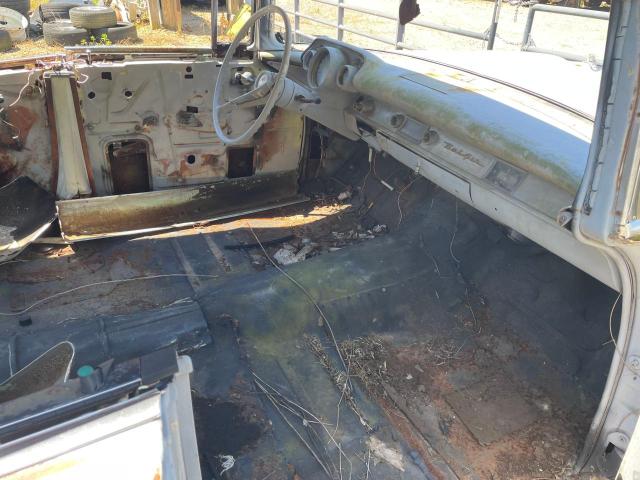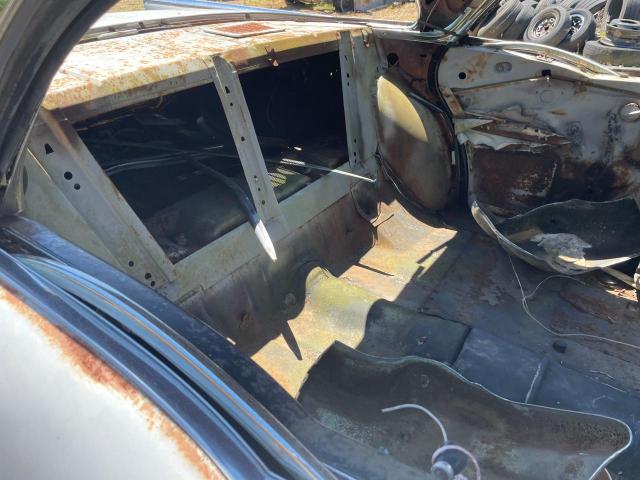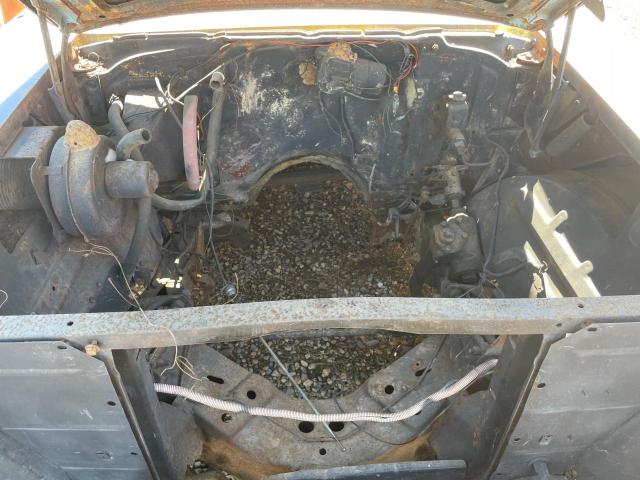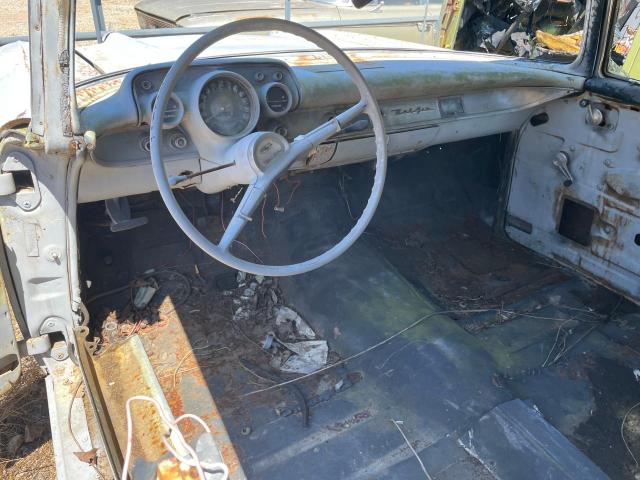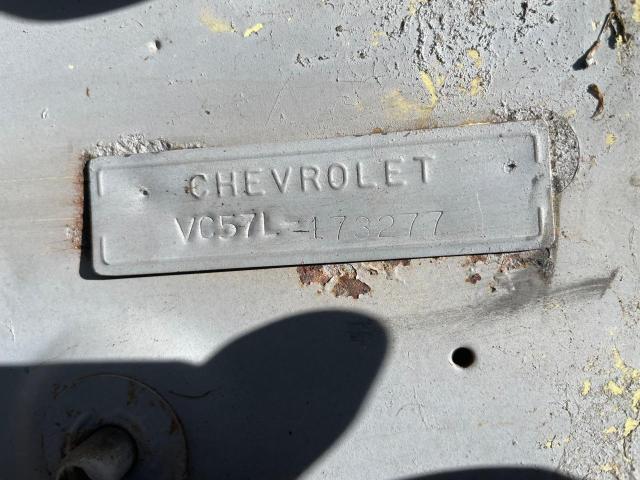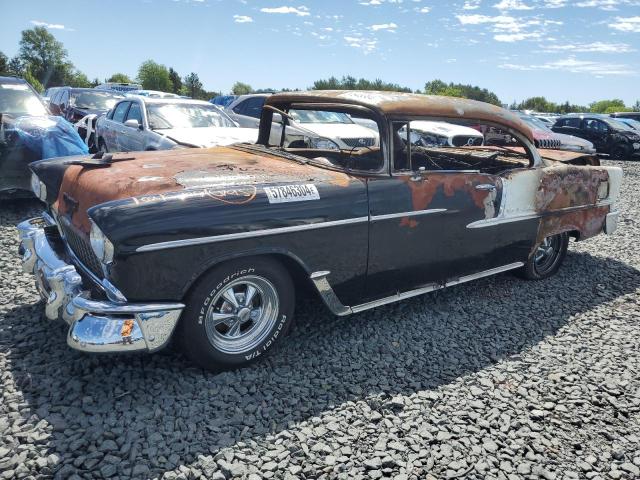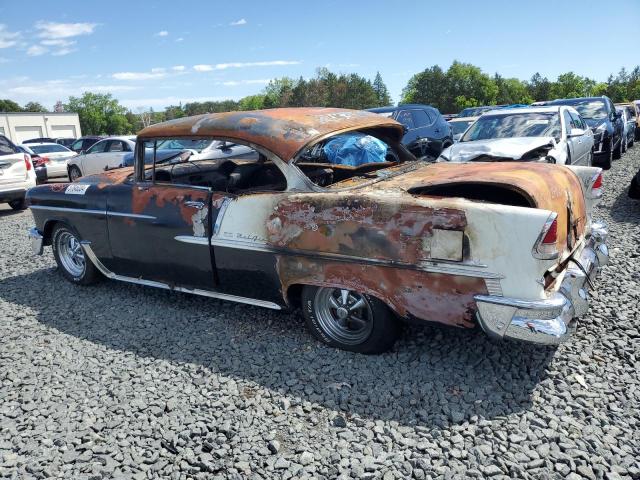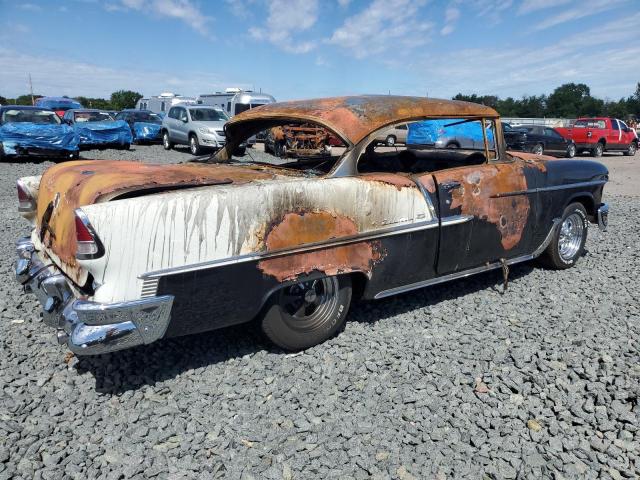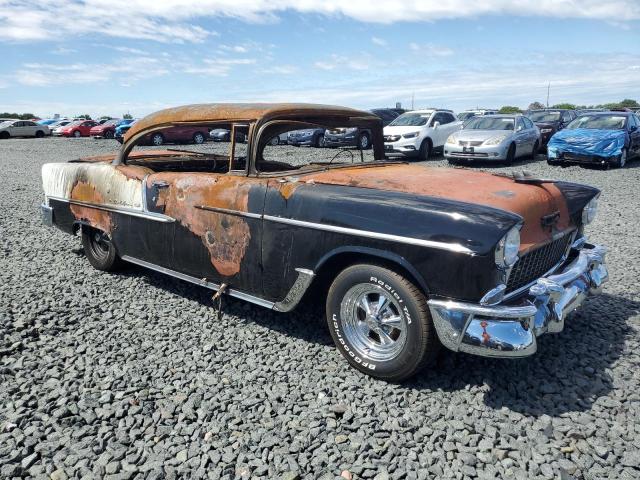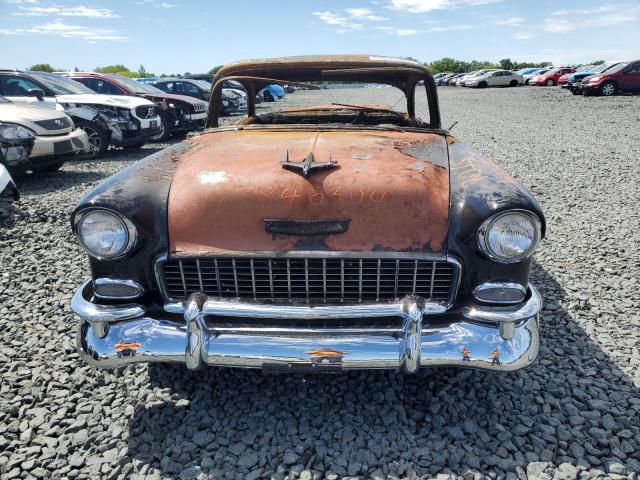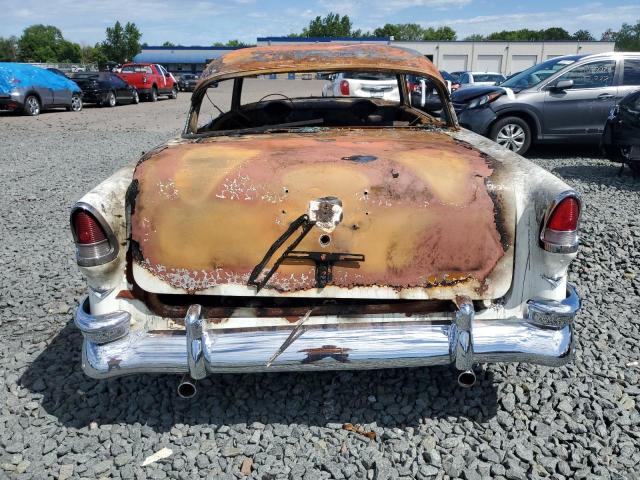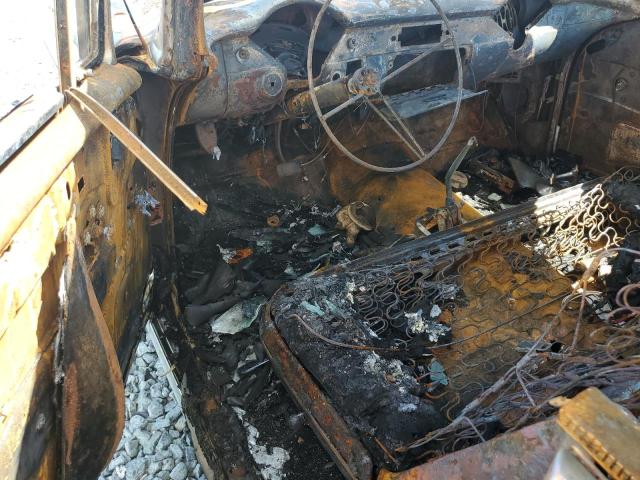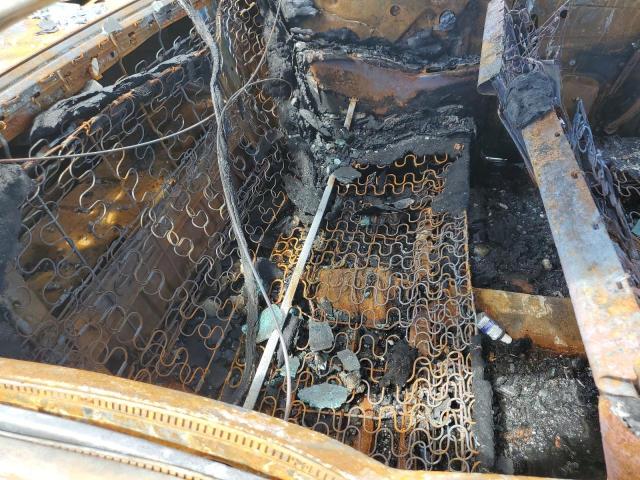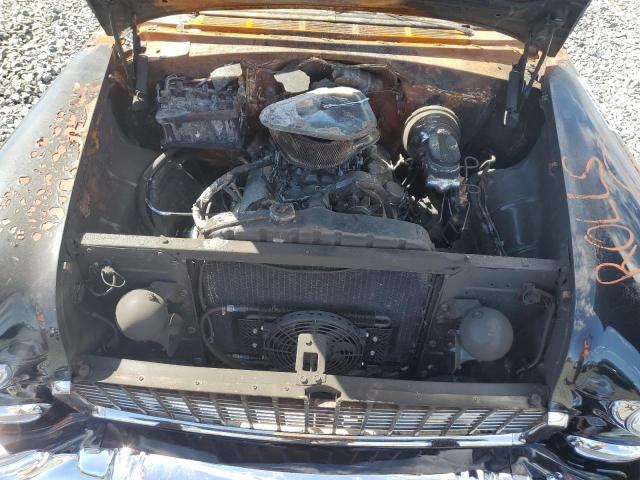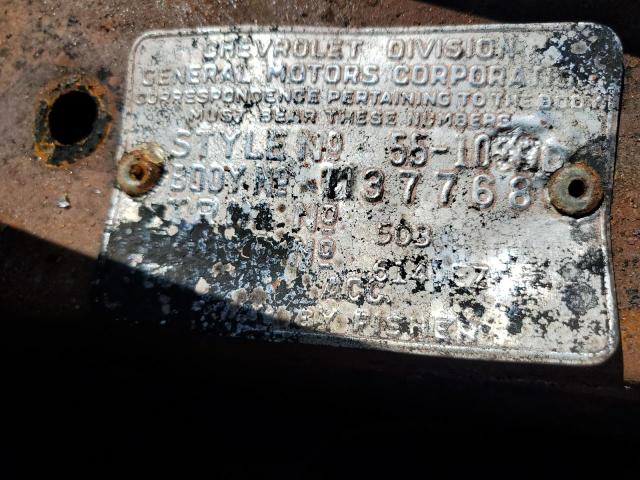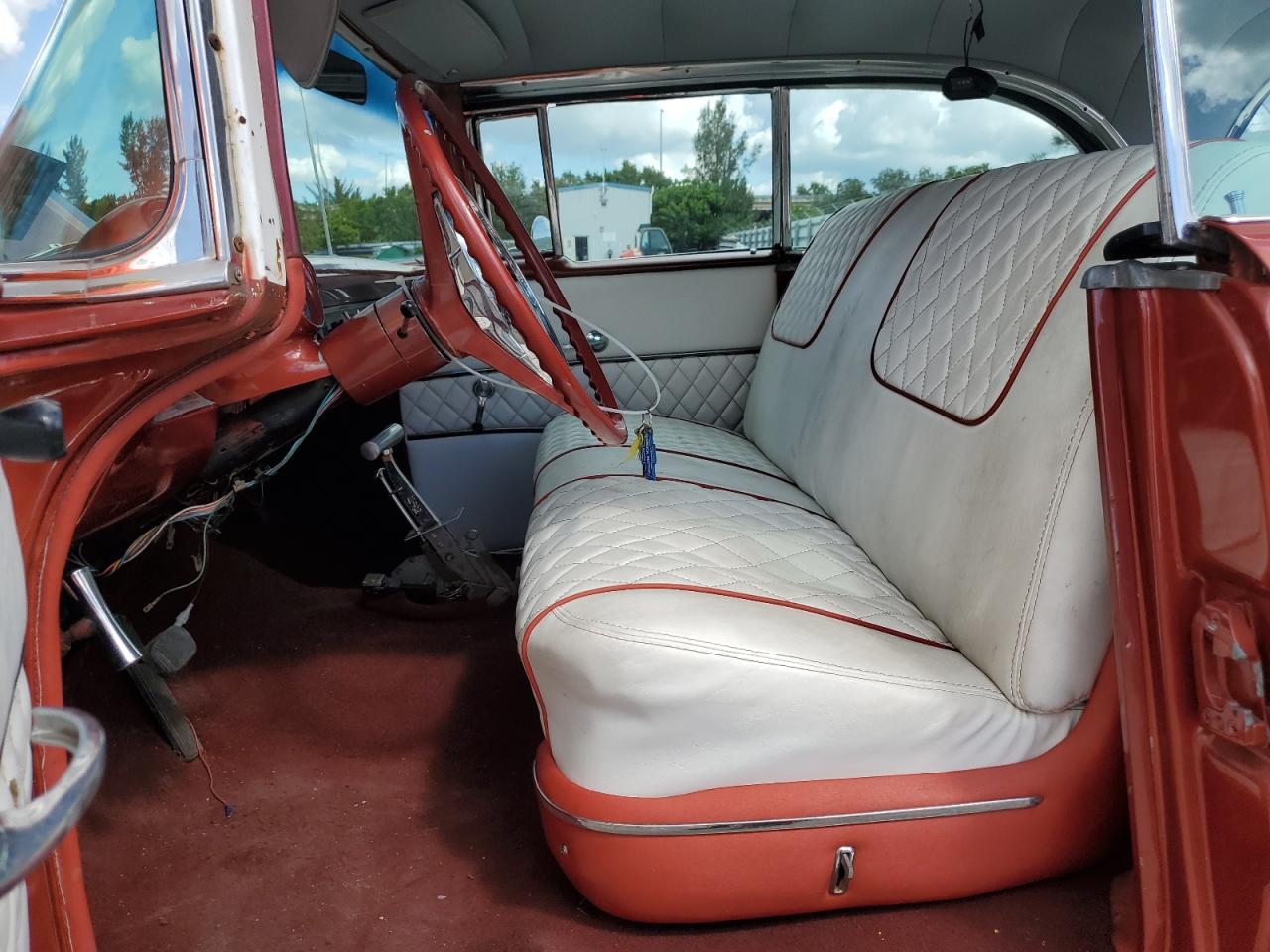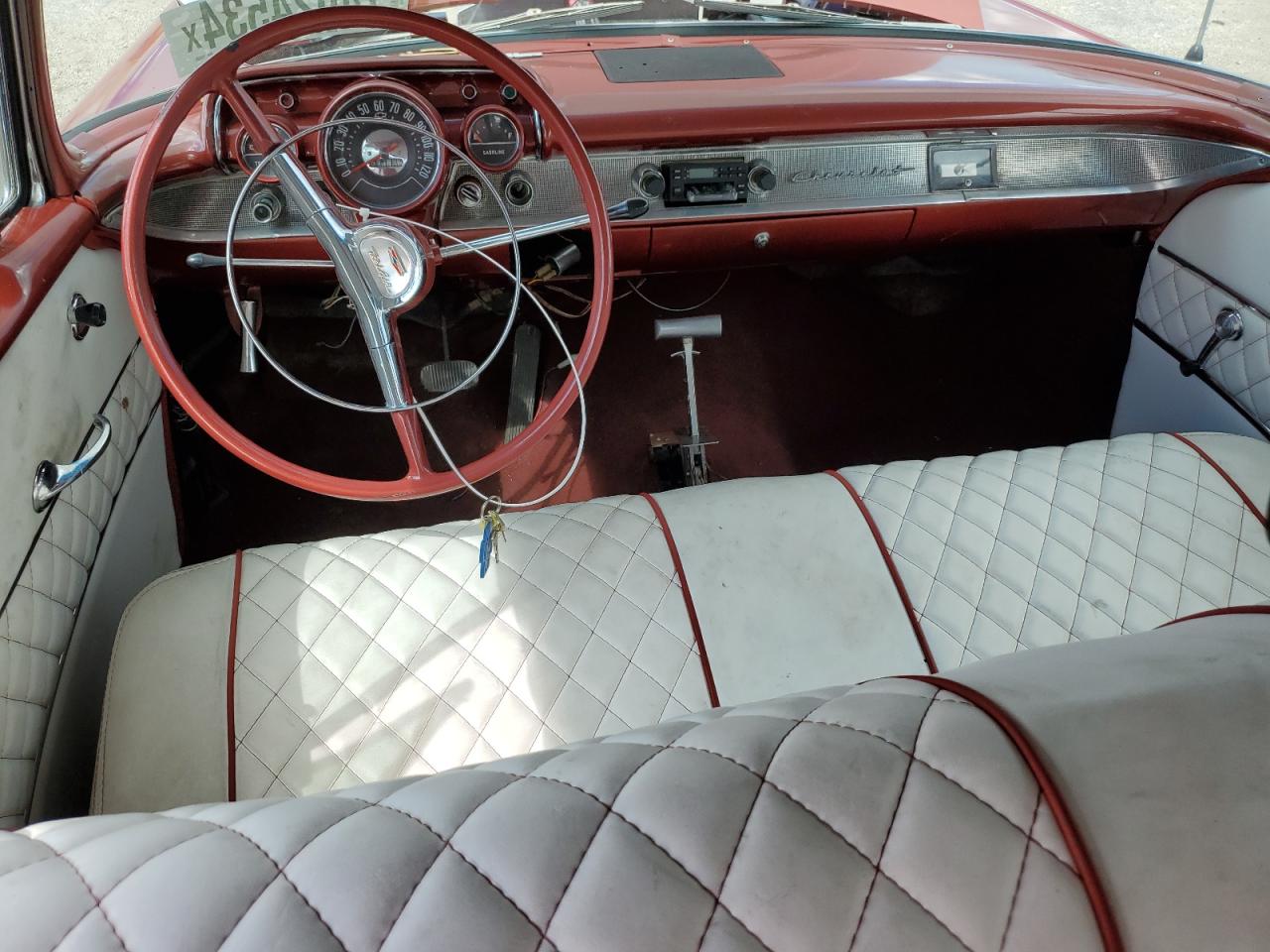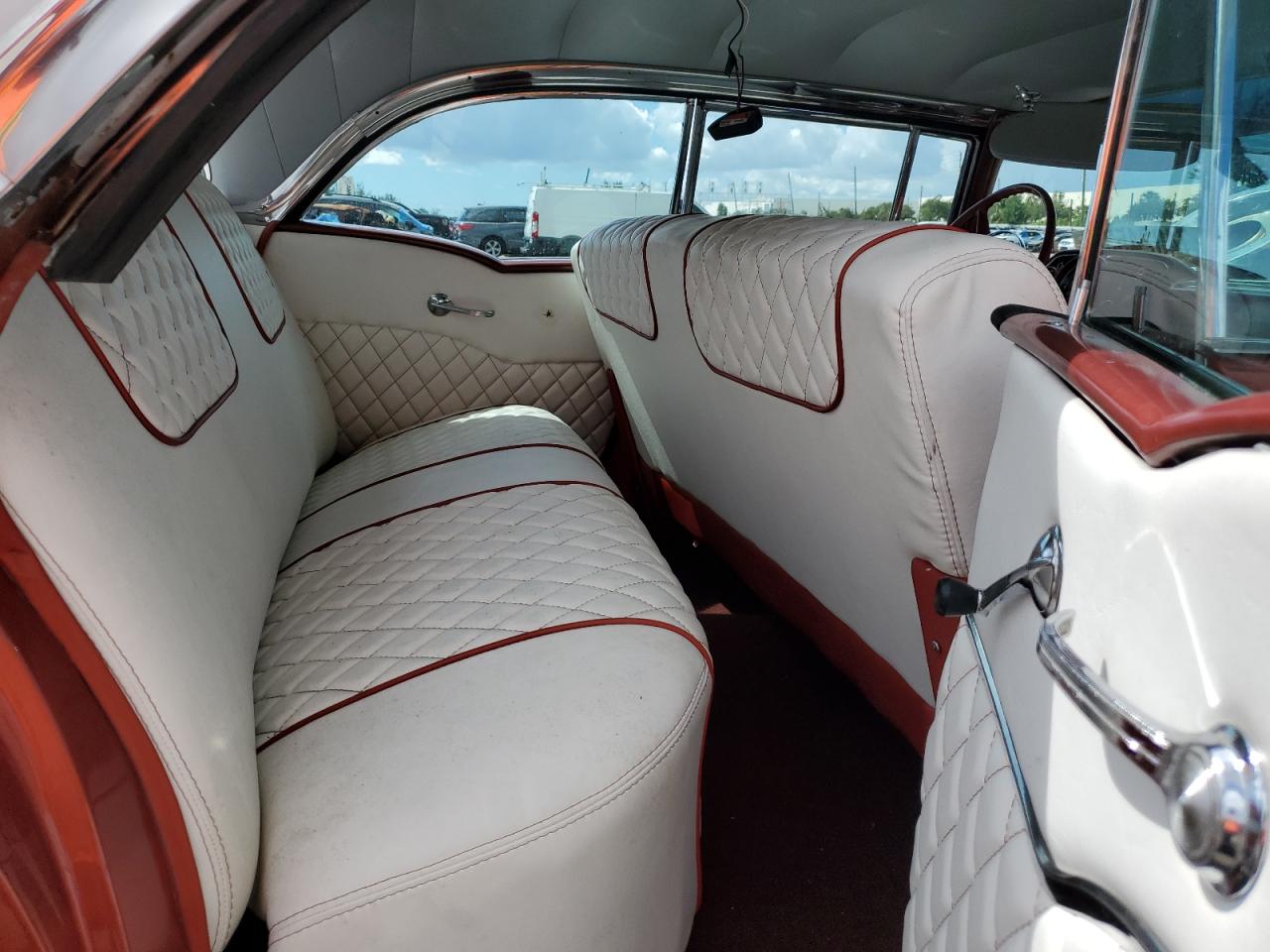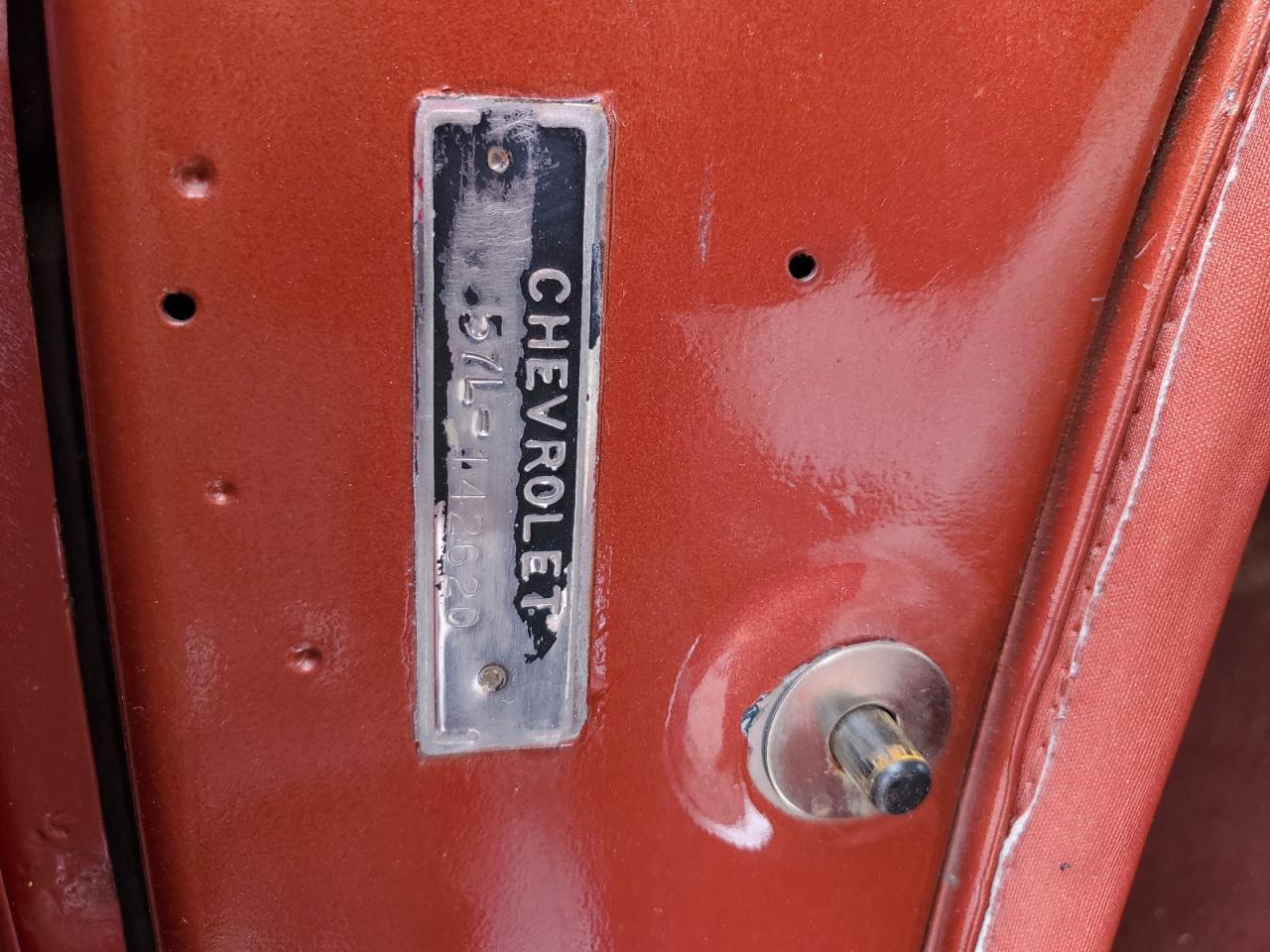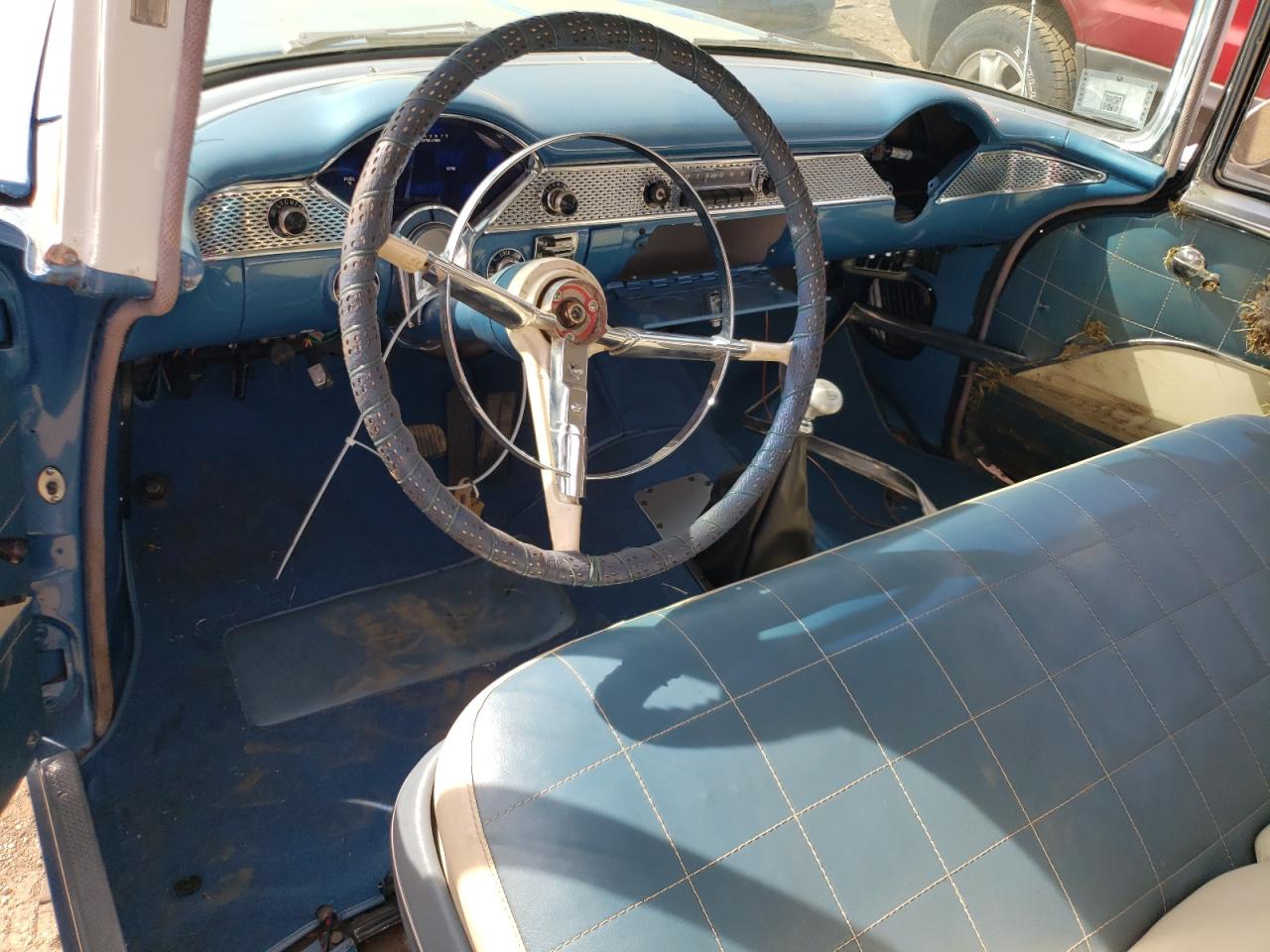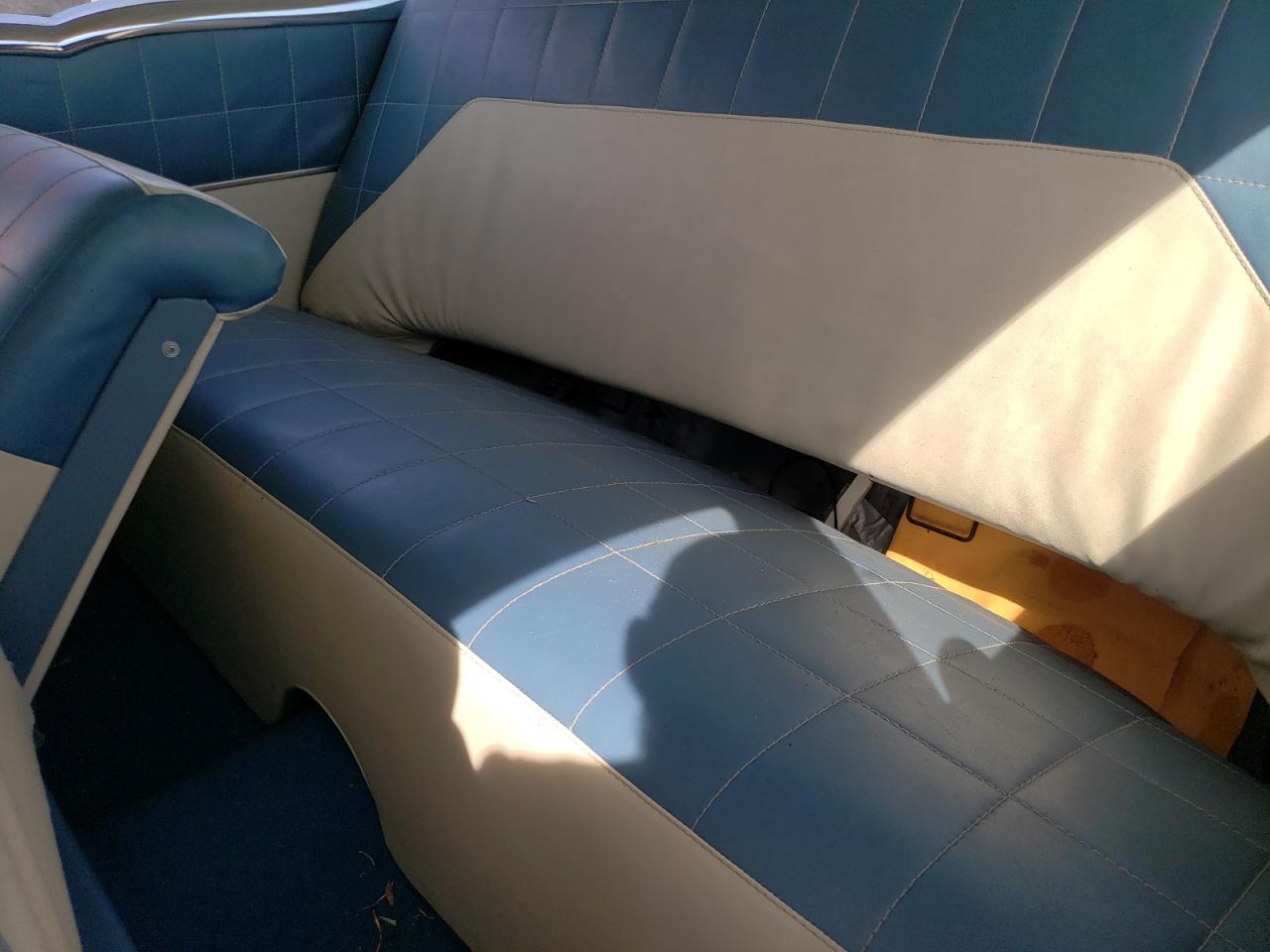Chevrolet Bel Air (6)
1955 Chevrolet Bel Air
Brand
 Chevrolet
Chevrolet
Model
Bel Air
Generation
II
VIN
B55T084054
Auction number
73791074
Odometer
10219 km.
Sale date
11.10.2024 14:00
Auction platform
copart.com
Bid: 29 500 $
Open
1955 Chevrolet Bel Air
Brand
 Chevrolet
Chevrolet
Model
Bel Air
Generation
II
VIN
VB55S005062
Auction number
56227954
Sale date
23.07.2024 16:02
Auction platform
copart.com
Bid: 3 550 $
Open
1957 Chevrolet Bel Air
Brand
 Chevrolet
Chevrolet
Model
Bel Air
Generation
II
VIN
VC57L173277
Auction number
59529504
Odometer
82492 km.
Sale date
22.07.2024 17:00
Auction platform
copart.com
1955 Chevrolet Bel Air
Brand
 Chevrolet
Chevrolet
Model
Bel Air
Generation
II
VIN
C55B185098
Auction number
57846304
Sale date
23.07.2024 20:01
Auction platform
copart.com
Bid: 3 600 $
Open
1955 Chevrolet Bel Air
Brand
 Chevrolet
Chevrolet
Model
Bel Air
Generation
II
VIN
VB55N097131
Auction number
61381404
Auction platform
copart.com
Chevrolet Bel Air is one of the most iconic models of the American automobile industry, symbolizing the era of the golden fifties. Produced over several decades, this model became not only a bestseller in the US domestic market, but also an object of adoration for car enthusiasts around the world. In the article we will look at the history of the model, various modifications, popular colors, years of production, number of cars sold, as well as the most successful and problematic versions of the Bel Air.
The history of the Chevrolet Bel Air begins in the 1950s, when General Motors decided to create a car that would embody style, comfort and power. The first Bel Air model appeared in 1950, and since then the car has undergone many changes and updates. Each new model release reflected current design trends and technical innovations, allowing the Bel Air to maintain its popularity over the years.
One of the key factors in the success of the Chevrolet Bel Air was its modification line. Over the years of production, the car received many different versions, ranging from classic coupes to stylish convertibles. Particular attention was paid to color solutions - bright, rich shades became the calling card of Bel Air, allowing car owners to stand out on the roads. Since the first models, the car has been offered in a wide range of colors, including such popular shades as red, blue and white.
An important aspect of the history of the Chevrolet Bel Air is the number of cars sold. Over the years of production, several million copies of this model were sold, which indicates its high popularity among consumers. However, not all releases were equally successful - in the history of Bel Air there were both successful and problematic versions, each of which deserves separate consideration.
History of the Chevrolet Bel Air model
The creation of the legendary Chevrolet Bel Air model is marked in the history of the automotive industry as an important event. Originally introduced in 1950, the Bel Air became a symbol of the American automobile era of the 1950s and 1960s.
This car has become one of the most recognizable and popular representatives of the Chevrolet automobile line due to its elegant design, comfortable interior and reliable construction. The Bel Air was available in a variety of body styles, allowing buyers to choose the right model according to their preferences.
Start of production and major modifications
- The first generation of the Chevrolet Bel Air was introduced in 1950, and since then the car has gone through several design changes and modifications.
- For 1953, the Bel Air received a significant design update, including a new front bumper and chrome accents.
- The iconic Bel Air was released in 1955 and became a hit for its style and performance. This year also marked the introduction of the first V8-powered Bel Air.
- In subsequent years, the Bel Air continued to evolve, gaining new technology and design improvements that maintained its popularity for many years.
Modifications: evolution and features of the Chevrolet Bel Air
Over the course of its long existence, the Chevrolet Bel Air went through several modifications, each of which brought its own unique changes and improvements. It is important to note that the Bel Air was one of the most popular car models in Chevrolet history due to its style, comfort and reliability.
The first Bel Air models, released in the 1950s, were characterized by classic design and simplicity of construction. However, over time, the model was constantly improved. In the mid-1950s, the Bel Air received an updated design, including new exterior and interior features, making it more modern and attractive to buyers.
- 1950s: During this period, the Bel Air came in a variety of body styles, including sedan, coupe, and station wagon. The model was equipped with various engines, including a V8, which made it one of the most powerful cars of its time.
- 1960s: The Bel Air continued to evolve, with significant design and performance changes made during this decade. The model has become more comfortable and convenient for drivers and passengers, which has increased its popularity in the market.
- 1970s: During this period, the Bel Air began to face competition from other Chevrolet models and other automobile manufacturers. Due to this, the decision was made to cease production of the Bel Air in 1975.
Color options: from classic to exotic Chevrolet Bel Air
The color schemes in the Chevrolet Bel Air models represented a wide range of tastes and preferences of the owners. From classic, understated hues to vibrant and exotic combinations, each Bel Air has its own unique style and personality.
One of the most popular Bel Air colors was the two-tone option, which featured a darker shade on the top and a lighter shade on the bottom. This elegant style emphasized the grace and luxury of the car.
- Classic colors: Black, white, silver, dark blue.
- Bright shades: Red, bright blue, green, yellow.
- Exotic combinations: Orange with black, purple with silver, coral with white.
Years of production and number of Chevrolet Bel Air cars sold
The history of the Chevrolet Bel Air dates back to 1950, when Chevrolet, a subsidiary of General Motors, introduced the model as a line of vehicles aimed at the middle class. The Bel Air was met with enthusiasm and production continued until 1975.
During its existence, the Bel Air was produced in several versions, including sedans, coupes, station wagons and convertibles. It became an icon of American car culture in the 1950s and 1960s due to its style and design features.
Years of production and number of cars sold:
Year of issueNumber of cars sold
1950 | 76,662
1951 | 287 662
1952 | 342 744
1953 | 396 631
1954 | 751 510
1950 | 76,662
1951 | 287 662
1952 | 342 744
1953 | 396 631
1954 | 751 510
These numbers indicate the popularity of the Chevrolet Bel Air among buyers, especially in the mid-1950s, when production and sales were at their peak. The Bel Air remained one of the most successful and recognizable vehicles in its class for decades, attracting attention with its style and reliability.
Successful and problematic models: analysis and comparison of Chevrolet Bel Air
Successful models
Among the most successful Chevrolet Bel Air models, it is worth highlighting those that became a symbol of the era and had a significant impact on the automotive industry. For example, the 1955 models, known for their stylish design and innovative technology, became a real hit and won the hearts of many car enthusiasts. Also successful was the 1957 model, which was widely recognized for its luxurious appearance and powerful engines, making it one of the most popular cars of its time.
Problem models
On the other hand, not all Bel Air models were so successful. Some of them faced problems related to workmanship, reliability and technical shortcomings. For example, some versions produced in the late 1970s experienced body corrosion problems due to the use of inferior materials. Such problems significantly affected the reputation and sales of the Chevrolet Bel Air at the time.
Overall, the Chevrolet Bel Air remains a significant symbol of automotive history, bringing together both successful and problematic models that together provide a rich and varied picture of the development of the American automobile industry.





